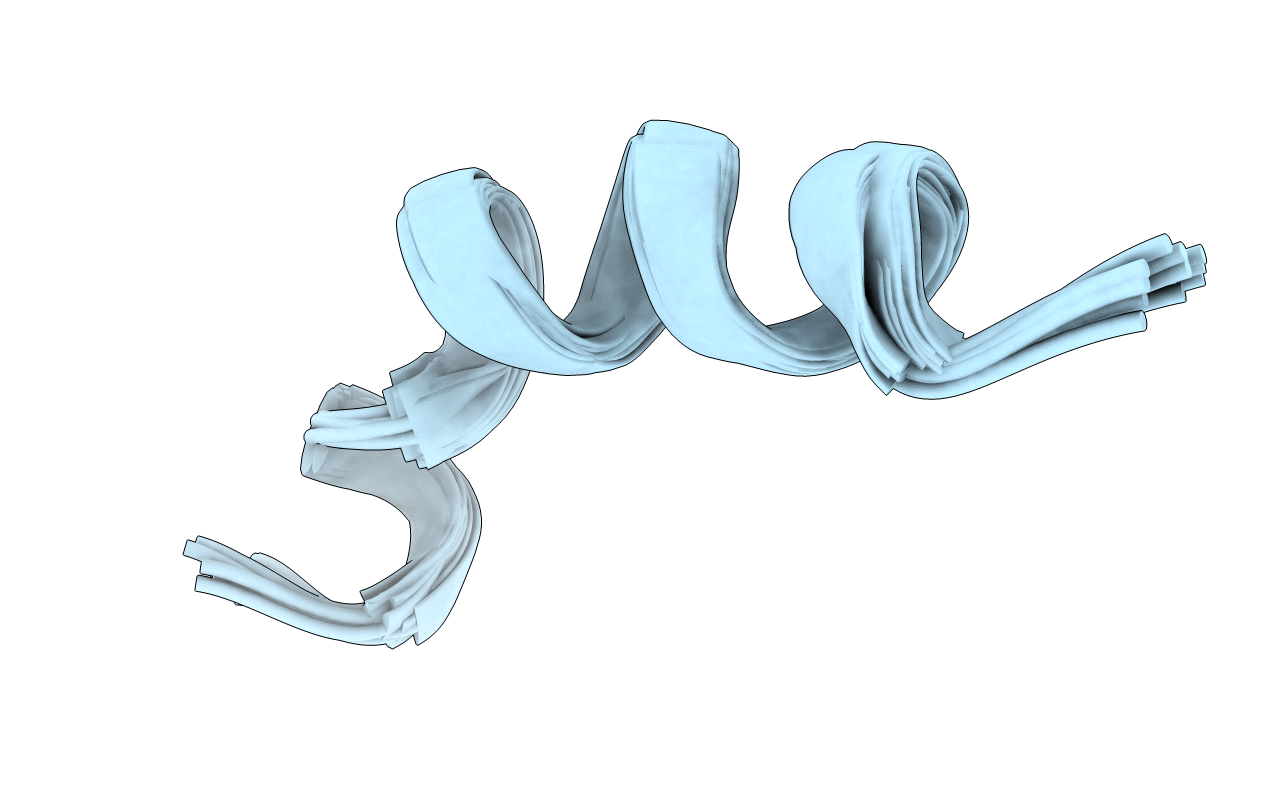
Deposition Date
2016-05-11
Release Date
2017-03-22
Last Version Date
2024-05-15
Method Details:
Experimental Method:
Conformers Calculated:
100
Conformers Submitted:
20
Selection Criteria:
structures with the lowest energy


